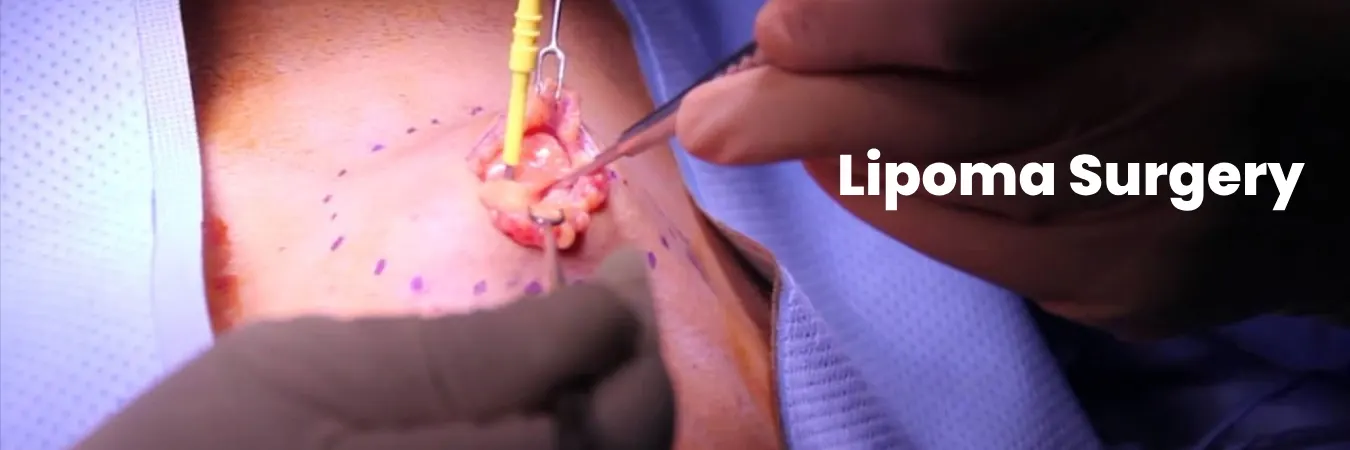Best Treatment Center for Lipoma
Pilot Heal is your premier destination for lipoma treatment. We are a leading healthcare provider specializing in addressing conditions that impact an individual's physical appearance, including lipomas, sebaceous cysts, and more. Our team comprises certified and highly-trained plastic surgeons with approximately 10 years of experience in successfully treating lipomas.
Our plastic surgeons not only focus on complete lump removal but also ensure that the surgery is minimally invasive, leaving no visible scars. Our doctors combine liposuction and excision techniques to completely remove the lump and provide the best possible results.
What happens in lipoma surgery?
Diagnosis
During the initial consultation, the doctor will perform a physical examination of the lipoma. They will determine whether the skin-colored lump exhibits symptoms of lipoma or liposarcoma (cancerous skin lumps). From its appearance alone, distinguishing between lipoma, liposarcoma, and other types of cysts can be challenging.
To confirm the diagnosis, the doctor will check if the lipoma is mobile and causing any discomfort. While lipomas are usually painless, they can occasionally develop over blood vessels and apply pressure, resulting in pain and discomfort.
If pain is present, the doctor may order further diagnostic tests to accurately identify the condition:
Biopsy- A tissue sample is taken from the skin lump to look for signs of cancerous growth.
X-Ray- This test provides a clear image of the dense structure of the lipoma.
MRI- This imaging technique creates detailed images of the fatty mass and its precise location.
CT Scan- This scan is performed to visualize the fatty mass beneath the skin and confirm that the lump is composed of fatty tissues.
Procedure
Following a thorough analysis of the test results, the doctor will select the most suitable treatment method and proceed with the surgery, which includes the following steps:
Local Anesthesia: The targeted area is injected with a local anesthetic to ensure numbness. If the lipoma is large, the anesthetist may recommend regional or general anesthesia for a painless procedure.
Incision: An incision is made around the lipoma, allowing the insertion of a liposuction cannula. Depending on the case, either a laser or ultrasound wave emitter is activated to emulsify or liquefy the fat tissues.
Fat Extraction: Once the fat deposits are broken down, they are safely extracted using a vacuum device.
Direct Excision: If any fat tissues remain after liposuction, they are directly excised using a scalpel.
Incision Closure: The incision is typically left to heal naturally, and as it heals, the wound will completely disappear without leaving a visible scar.

